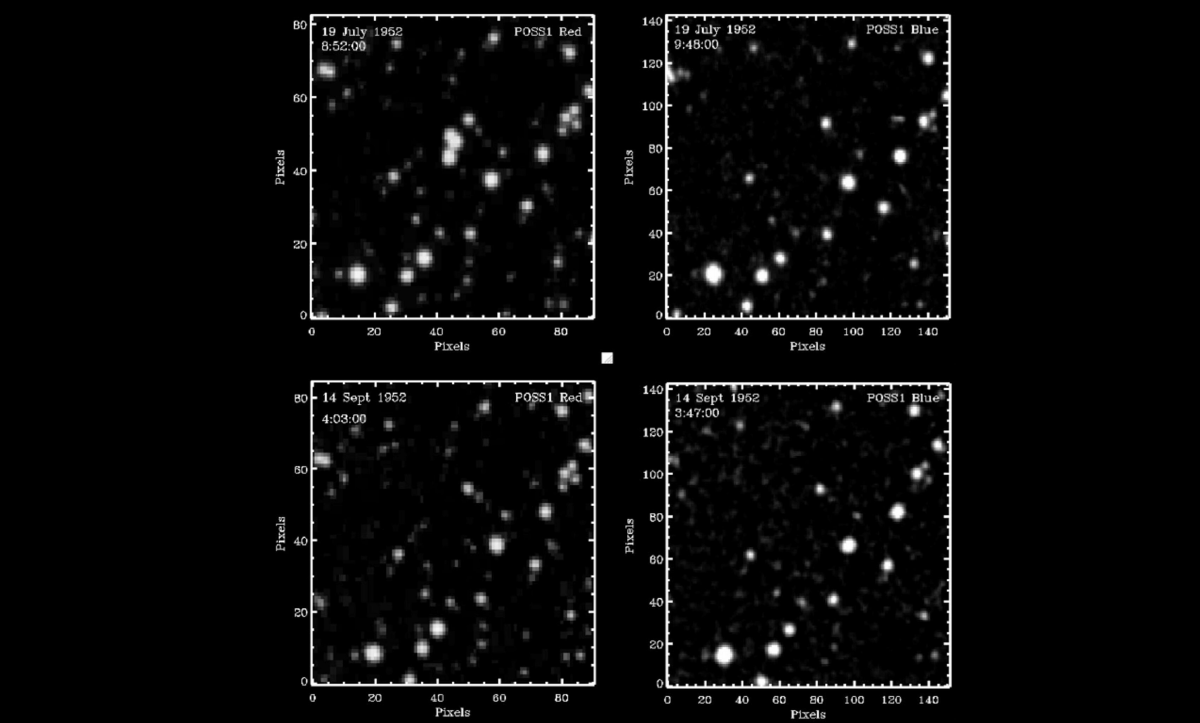
"The night sky is cluttered with debris. A constant hail of space junk falling out of orbit, mixed with ever-growing trains of SpaceX satellites, means that observations of the cosmos are now forever cluttered. Interference from satellites is so prevalent that it's now threatening to block out the protected radio bands used to detect emissions from celestial objects. But what if we could turn back the clock to a time before Elon Musk was even a twinkle in his dear old dad's eye?"
"That's exactly what researchers at the Vanishing and Appearing Sources during a Century of Observations project (VASCO) are doing: sifting through digitized records of the night sky to search for anything unusual in the heavens. Specifically, VASCO's task is to sift through archives of astronomical photos dating back decades, in order to "identify interesting astrophysical targets for follow-up analysis with extreme, exotic, or bizarre patterns of variability.""
The night sky is increasingly cluttered by space debris and expanding satellite constellations, causing optical and radio interference that threatens protected radio bands. VASCO searches digitized historical astronomical photographs to find anomalous transient phenomena. The project identified several star-like transients recorded by the Palomar Observatory between 1949 and 1957, before artificial satellites were in orbit. Each transient lasted less than fifty minutes and could not be explained by asteroids, atmospheric entries, or instrumentation faults. A statistical correlation was observed between these unexplained lights and nearby dates of nuclear weapons testing.
Read at Futurism
Unable to calculate read time
Collection
[
|
...
]